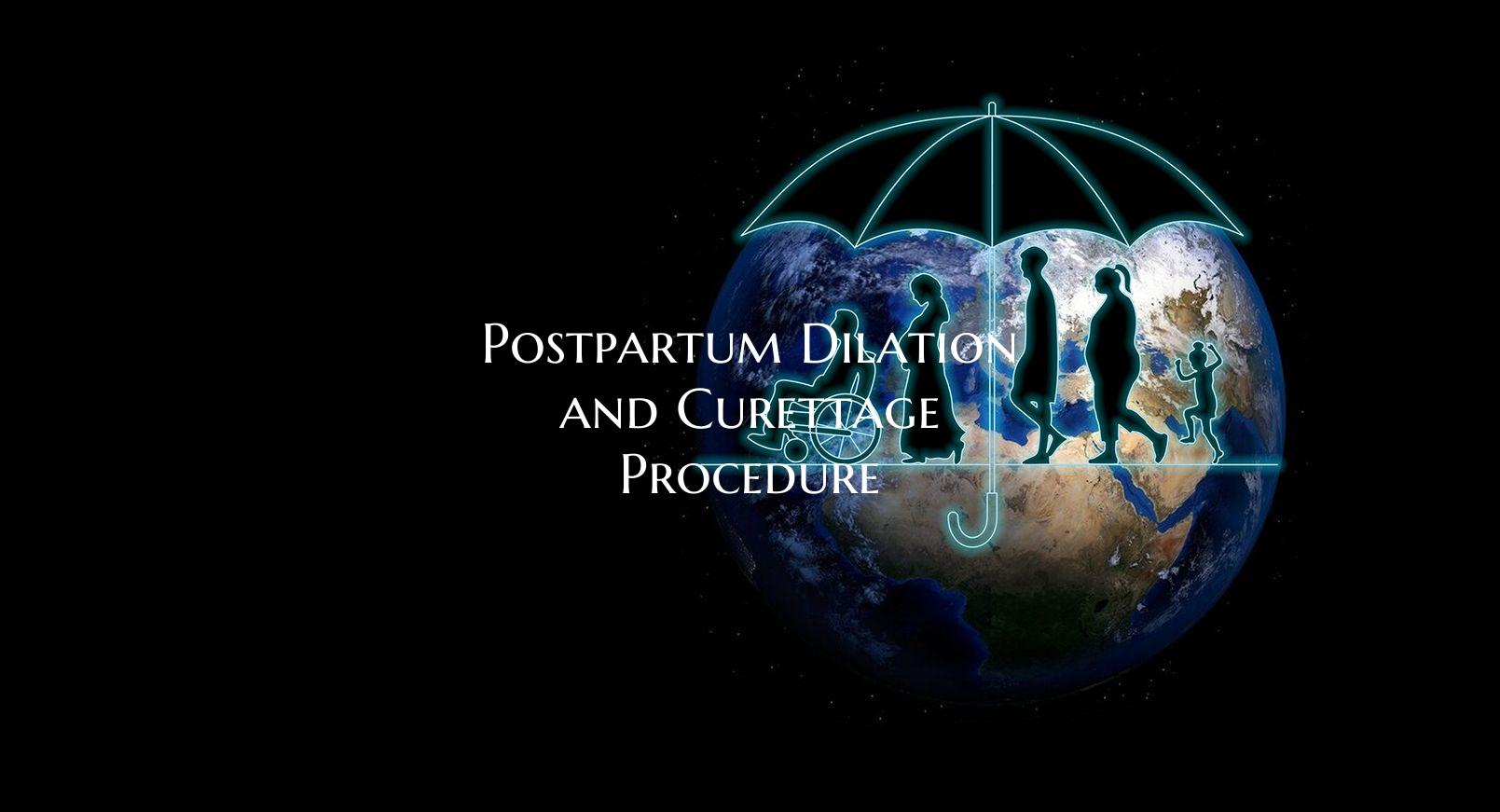
Postpartum Dilation and Curettage Procedure
Postpartum Dilation and Curettage Procedure: Understanding the Process
Postpartum dilation and curettage (D&C) is a medical procedure performed after childbirth to remove any remaining tissue from the uterus. This procedure is commonly done if there are concerns about retained products of conception or excessive bleeding following delivery. Understanding the process and its purpose is crucial for patients who may require this procedure.
When is Postpartum D&C Necessary?
Postpartum D&C may be necessary in the following situations:
1. Retained Products of Conception: In some cases, not all of the placental or fetal tissue is expelled from the uterus after delivery. This can lead to complications such as infection or continued bleeding.
2. Excessive Bleeding: If a woman experiences heavy bleeding after giving birth, a D&C may be performed to remove any remaining tissue that could be causing the bleeding.
3. Incomplete Miscarriage: In cases of miscarriage, where not all of the pregnancy tissue is expelled naturally, a D&C may be recommended to prevent infection and ensure the uterus is completely empty.
The Procedure: What to Expect
During a postpartum D&C, the patient is typically given anesthesia to minimize discomfort. The cervix is dilated to allow a thin instrument called a curette to be inserted into the uterus. The curette is used to gently scrape the uterine lining and remove any remaining tissue. The procedure is usually quick and can be done in an outpatient setting.
Recovery and Aftercare
After the procedure, patients may experience cramping and light bleeding. It is essential to follow any postoperative instructions provided by the healthcare provider, which may include avoiding strenuous activities and monitoring for signs of infection. Most women recover quickly from a postpartum D&C with minimal complications.
Conclusion
Postpartum dilation and curettage is a common procedure performed after childbirth in certain situations to ensure the uterus is empty of any remaining tissue. Understanding the reasons for needing a D&C and what to expect during and after the procedure can help patients feel more informed and prepared if this intervention is necessary. It is important for healthcare providers to communicate effectively with patients about the need for and process of a postpartum D&C to ensure optimal care and outcomes.